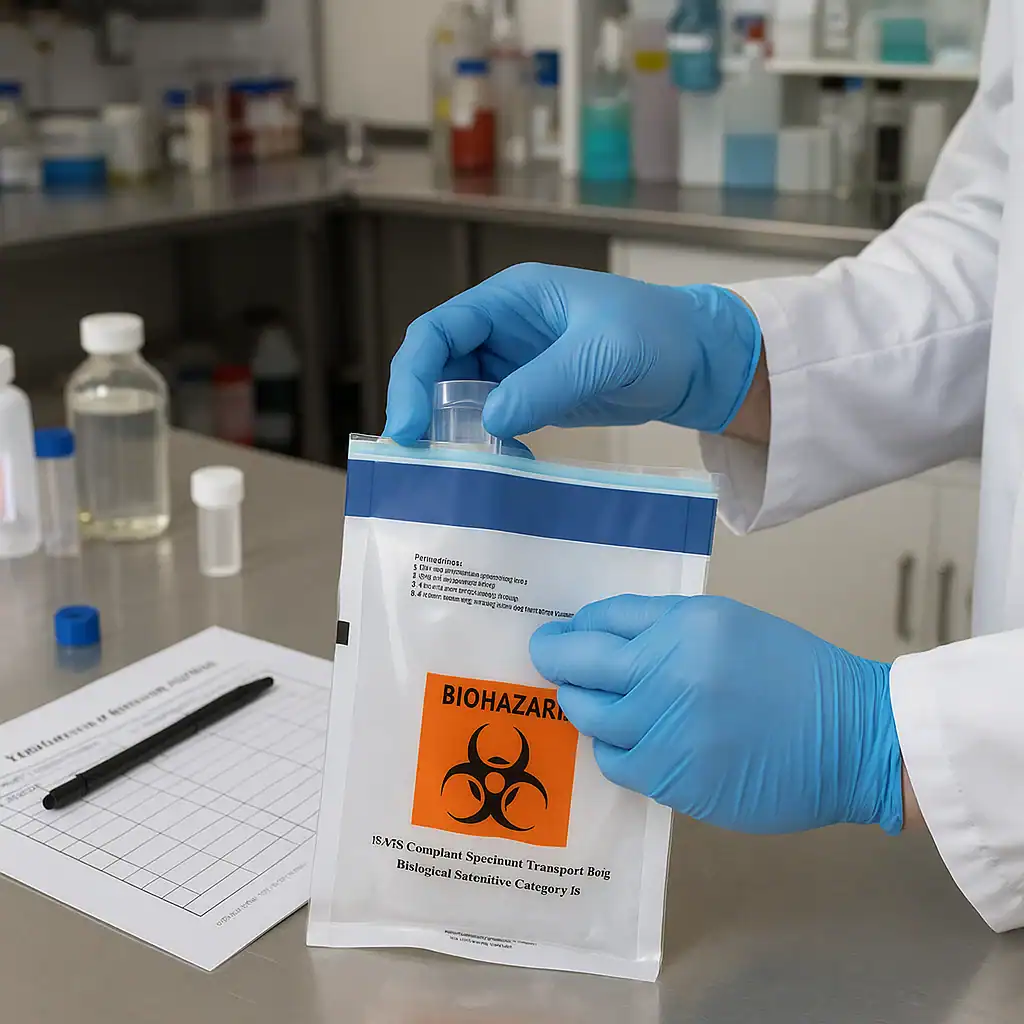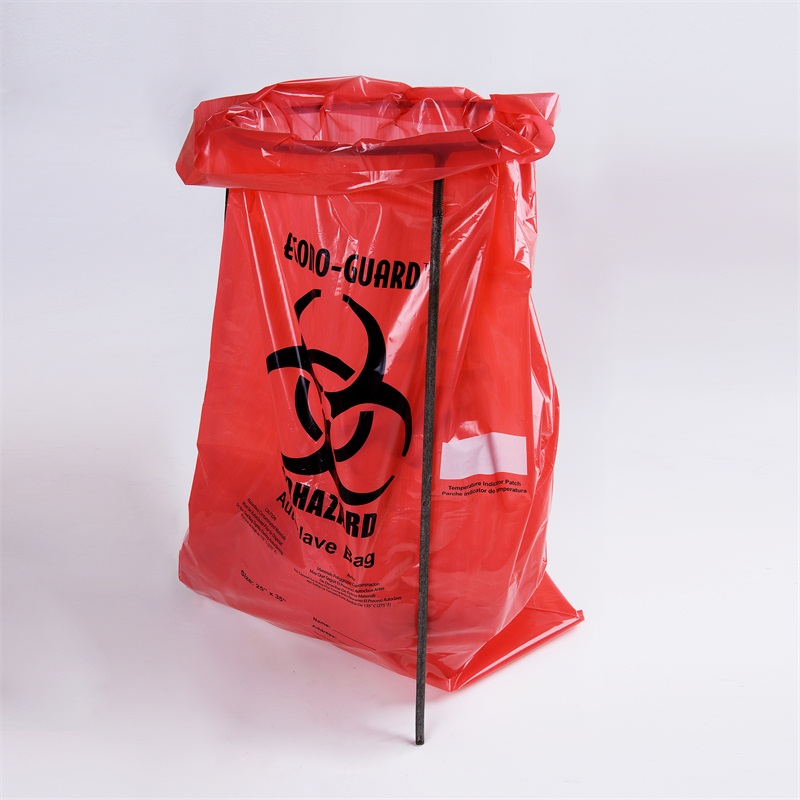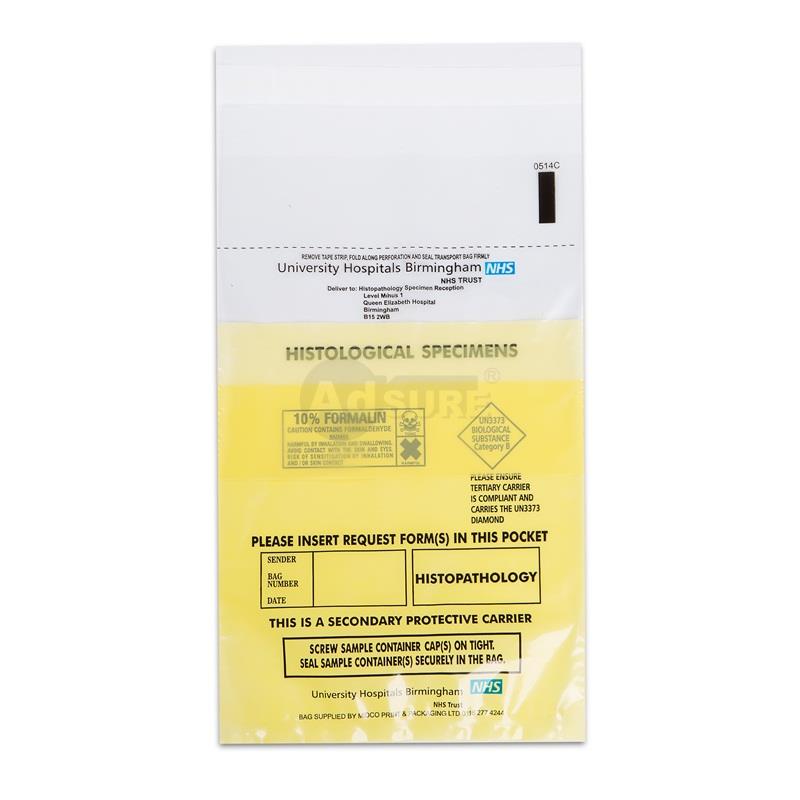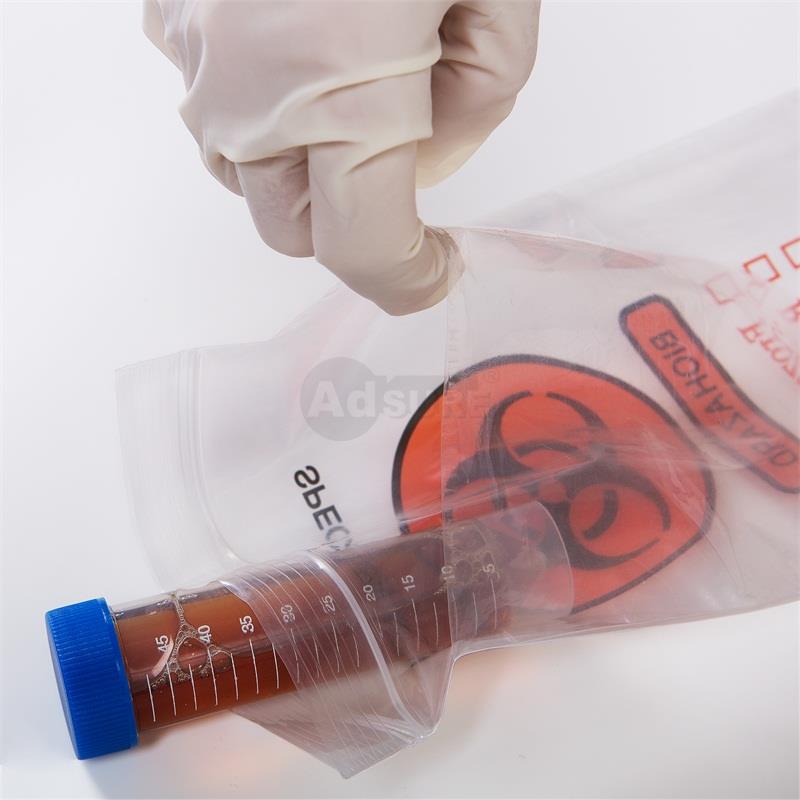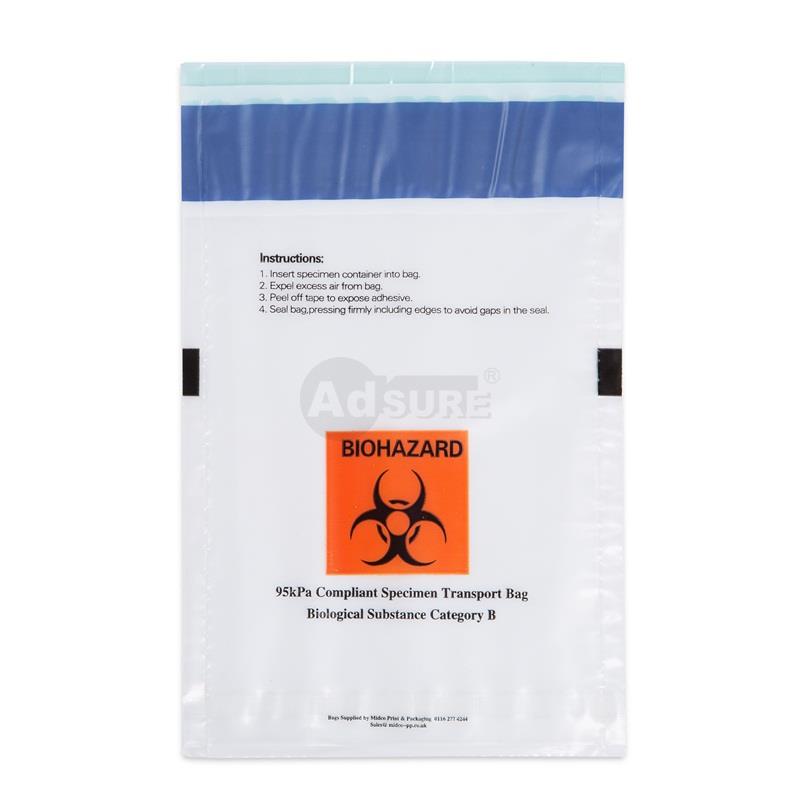Chain of Custody vs. Chain of Evidence: Why It Matters—and How the Right Evidence Bag Makes the Difference
 Introduction
Introduction
“Chain of custody” and “chain of evidence” are both crucial in forensic investigations, but they refer to different concepts. Chain of custody tracks the movement and handling of evidence from collection to court presentation. It ensures evidence remains untampered and authentic throughout the process. On the other hand, chain of evidence refers to the sequence of evidence used in a case, showing how different pieces of evidence link together to prove the facts. Simply put, chain of evidence demonstrates what happened, while chain of custody preserves the integrity of the evidence.
The two terms are often confused, but it is essential to distinguish them. A solid chain of custody guarantees that each piece of evidence is genuine, which is critical for a valid chain of evidence to build the case. Without a secure chain of custody, even strong evidence may not hold up in court.
The Purpose of Chain of Custody and the Role of Documentation
The main goal of maintaining an unbroken chain of custody is to safeguard evidence integrity and its admissibility in court. Each person handling the evidence must be documented, creating a clear record from the crime scene to the courtroom. This prevents allegations of tampering or contamination, ensuring the evidence’s credibility. If the chain is broken—due to unaccounted-for evidence or unauthorized access—the evidence may be contested or deemed inadmissible.
Chain-of-custody forms play a vital role in ensuring this process. These forms typically record key details like the collection date, location, item description, collector’s name, and case number. They also provide space to document each transfer of custody. Every time the evidence changes hands, the form should note the date, time, the person receiving it, and the signature of the person handing it over. Many evidence bags now come pre-printed with a large chain-of-custody form area, allowing investigators to document each transfer directly on the bag. This ensures the record travels with the evidence, reducing the risk of missing or incomplete documentation.
Multi-Stage Evidence Handling: Why Multiple VOID Seals Matter
Evidence is often opened and re-sealed at various stages of an investigation. This is why evidence bags with multiple tamper-evident seals are essential. For example, after the initial seal at the crime scene, forensic labs might need to open and re-seal the bag, and later the evidence may be opened again in court. Using a bag with multiple VOID strips allows for secure resealing at each stage, preventing the need to switch containers and keeping the custody record intact. Each strip shows a clear “VOID” message when peeled, ensuring the evidence is always properly sealed.
Improper resealing or packaging can break the chain of custody. For example, a critical piece of evidence was once stored in a flimsy bag that needed to be opened multiple times without proper resealing. The defense questioned its integrity, and the charges were dropped after the court deemed the evidence handling unreliable. Multi-seal bags provide a solution by ensuring that every time the evidence is accessed, it is re-secured with a tamper-evident seal.
Common Questions on Chain of Custody
Q: What breaks the chain of custody?
A chain of custody is broken when there is a gap or irregularity in the documentation of evidence handling. This could be due to mishandling, improper sealing, or failure to record the transfer. Even the slightest lapse can lead to the evidence being deemed inadmissible in court.
Q: What information must be included on a chain of custody form?
A chain of custody form should include essential details such as the collection date and time, location, evidence description, the collector’s name, case number, and the reason for collecting the evidence. It should also track each transfer of custody, noting the date, time, person receiving the evidence, and signatures of both parties involved.
Conclusion
Choosing the right evidence bag is not just about convenience; it’s about ensuring the integrity of the entire evidence handling process. Multi-seal evidence bags, like those with VOID tamper-evident strips, help maintain a secure chain of custody throughout the investigation. These bags ensure that evidence remains intact and admissible, protecting the chain of evidence from beginning to end. A simple choice, like using a well-designed evidence bag, can make all the difference in ensuring that the truth is supported by unassailable evidence.

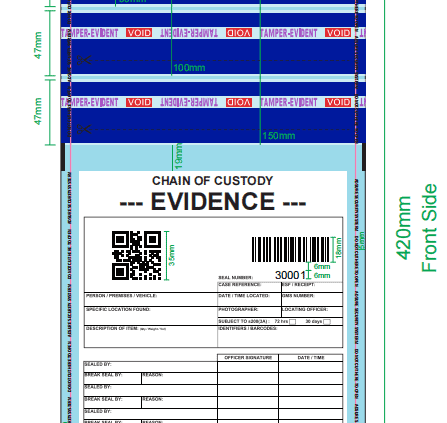
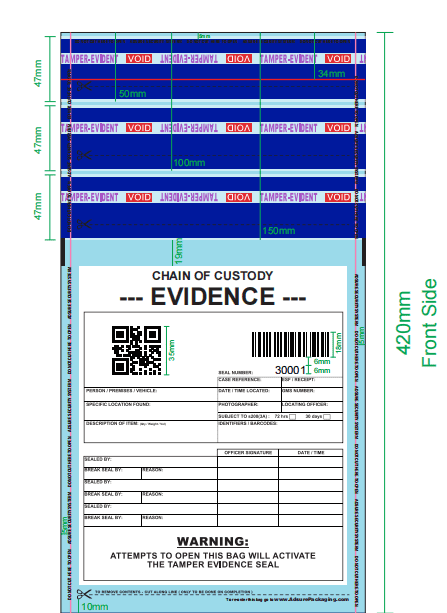 Introduction
Introduction